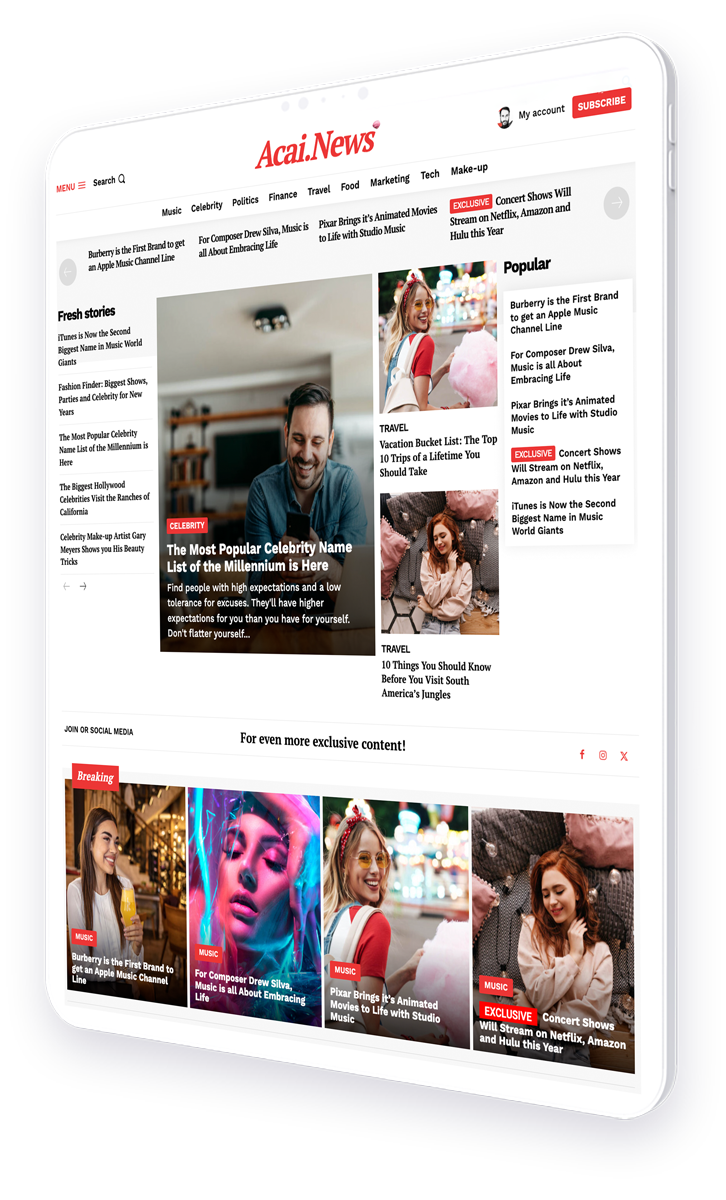This article will delve into the art of storytelling through corporate blogs, highlighting how compelling narratives can build brand loyalty and differentiate a business in a crowded market
Introduction: The Art of Storytelling in Business
In today’s digital age, businesses are constantly seeking innovative ways to connect with their audience. One of the most effective methods is through the power of storytelling. Storytelling is not just a buzzword; it’s a powerful tool that can transform a brand’s identity and foster deep connections with its audience. This article explores the significance of storytelling through corporate blogs and how it can build brand loyalty and differentiate a business in a crowded market.
The Role of Storytelling in Corporate Blogs
Corporate blogs serve as a platform for businesses to share their stories, values, and insights. Unlike traditional advertising, which often focuses on selling, storytelling in blogs aims to engage and inform. This approach not only humanizes a brand but also creates a narrative that resonates with readers.
Building Emotional Connections
Stories have the power to evoke emotions. When businesses share authentic stories, they create an emotional connection with their audience. This connection is crucial for building trust and loyalty. For instance, a company that shares its journey from a small startup to a successful enterprise can inspire and motivate its readers.
Establishing Brand Identity
A well-crafted story can help establish a brand’s identity. By consistently sharing stories that align with their values and mission, businesses can differentiate themselves from competitors. This differentiation is essential in a crowded market where consumers have numerous options.
Case Studies: Successful Storytelling in Corporate Blogs
To understand the impact of storytelling, let’s look at some successful examples of corporate blogs that have effectively used storytelling to engage their audience.
Case Study 1: Patagonia
Patagonia, an outdoor clothing brand, is renowned for its commitment to environmental sustainability. Their corporate blog, “The Cleanest Line,” shares stories about environmental activism, conservation efforts, and the people behind these initiatives. By focusing on storytelling, Patagonia has built a loyal community of environmentally conscious consumers who resonate with the brand’s values.
Case Study 2: Airbnb
Airbnb’s blog, “Airbnb Citizen,” highlights stories of hosts and guests from around the world. These stories showcase unique travel experiences and cultural exchanges, emphasizing Airbnb’s mission to create a world where anyone can belong anywhere. Through storytelling, Airbnb has successfully positioned itself as more than just a booking platform but as a community-driven brand.
The Benefits of Storytelling in Corporate Blogs
Incorporating storytelling into corporate blogs offers numerous benefits for businesses. Here are some key advantages:
- Enhanced Engagement: Stories capture attention and keep readers engaged, leading to longer time spent on the website.
- Improved SEO: Engaging content is more likely to be shared, increasing visibility and improving search engine rankings.
- Increased Brand Loyalty: Emotional connections fostered through storytelling lead to stronger brand loyalty and customer retention.
- Greater Differentiation: Unique stories set a brand apart from competitors, making it more memorable to consumers.
How to Craft Compelling Stories for Your Corporate Blog
Crafting compelling stories requires creativity and authenticity. Here are some tips to help businesses create engaging narratives for their corporate blogs:
Know Your Audience
Understanding your audience is crucial for effective storytelling. Tailor your stories to resonate with their interests, values, and needs. Conducting audience research and creating buyer personas can provide valuable insights.
Be Authentic
Authenticity is key to building trust. Share genuine stories that reflect your brand’s values and mission. Avoid overly promotional content and focus on providing value to your readers.
Use a Narrative Structure
A well-structured narrative keeps readers engaged. Use a clear beginning, middle, and end to guide your audience through the story. Incorporate elements such as conflict, resolution, and character development to add depth.
Incorporate Visuals
Visuals enhance storytelling by making content more engaging and memorable. Use images, videos, and infographics to complement your narrative and provide a richer experience for your readers.
Conclusion: The Transformative Power of Storytelling
In conclusion, storytelling is a powerful tool that every business should leverage through their corporate blog. By sharing authentic and compelling narratives, businesses can build emotional connections, establish a strong brand identity, and differentiate themselves in a crowded market. As demonstrated by successful brands like Patagonia and Airbnb, storytelling can transform a corporate blog into a platform that fosters brand loyalty and community engagement.
Embrace the power of storytelling and watch your corporate blog become a valuable asset in your marketing strategy. For more insights on the importance of storytelling in business, visit Harvard Business Review.




